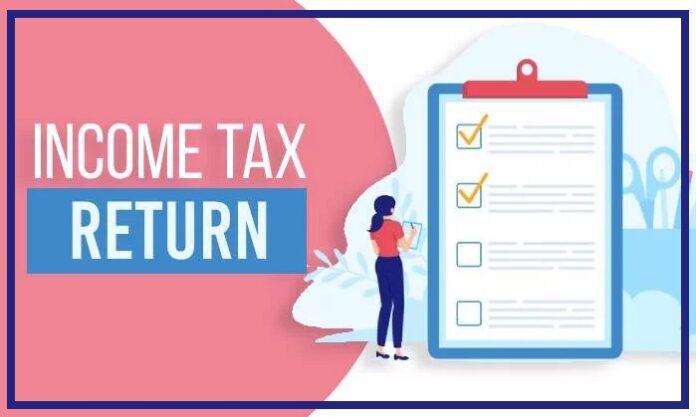As the deadline for filing Income Tax Returns (ITR) for the Financial Year 2022-23 (Assessment Year 2023-24) draws near (31st July), taxpayers are encouraged to take advantage of various strategies to ensure they receive the maximum refund.
The Income Tax Department recently tweeted a reminder, urging taxpayers to file their returns promptly and enjoy a carefree weekend.
To obtain a refund, individuals who have paid more tax than their outstanding amount must file their ITR.
The refund amount is calculated during the ITR filing process and is credited to the assessee’s account after being processed by the tax department.
Experts emphasize that relying solely on Form 16 can lead to misconceptions about potential tax savings.
Before filing returns, it is crucial to review income details in 26AS, Annual Information Statement (AIS), and Taxpayer Information Summary (TIS).
Additionally, it is important to verify whether the Tax Deducted at Source (TDS) is correctly reflected in 26AS to facilitate adjustment against tax liability, if required.
To help you maximize your tax refund, we provide the following effective tips:
1) File ITR on Time : Timely filing of returns not only helps avoid penalties but also increases the chances of receiving a maximum refund.
Under section 139(1) of the Income Tax Act, taxpayers must submit their return forms by the due date, as filing after the deadline incurs penalties.
2) Choose the Correct Tax Payment Option: Select the tax payment option that aligns with your needs.
If you lack long-term investments such as Public Provident Fund (PPF), insurance policies, Equity Linked Savings Scheme (ELSS), home loans, or health insurance, the new tax regime may be more advantageous for you.
3) Confirm Your E-Return: Ensure the verification of your return within 30 days of filing ITR. Failure to verify the return renders it invalid, requiring the taxpayer to file ITR again if the deadline has not passed.
Six methods of online verification include OTP sent to the linked Aadhaar mobile number, net banking, Electronic Verification Code (EVC) through a bank account, and EVC obtained from a bank ATM.
4) Claim Exemptions: Take advantage of eligible exemptions to reduce your tax liability and increase your refund amount.
Deductibles such as PPF, National Savings Certificate (NSC), National Pension Scheme (NPS), life and medical insurance premiums, and interest paid on home loans can significantly impact your tax liability. Don’t limit your deductions to Form 16 alone; review your tax-saving expenses and investments thoroughly.
5) Validate Your Bank Account: Validate your bank account and ensure it is correctly verified on the Income Tax Return Portal.
This step is crucial as the tax department only credits refunds to validated accounts on the e-filing portal. Validation must be completed before filing the return. By following these tips, taxpayers can optimize their income tax refunds and enjoy the benefits of effective tax planning.
